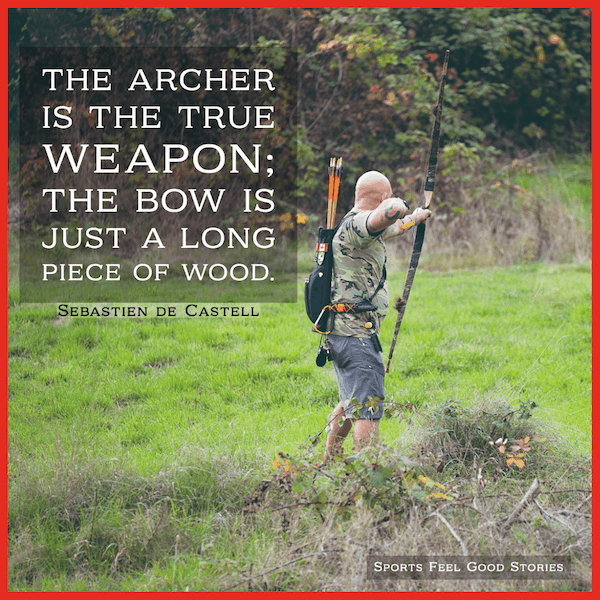Boost Your Performance: Effective Sled Pull Techniques
Understanding the Sled Pull
The sled pull is a challenging exercise that targets multiple muscle groups and improves overall strength, power, and endurance. It involves dragging a sled loaded with weights across a specified distance using a harness or rope attachment. While primarily used in athletic training and strongman competitions, the sled pull has gained popularity in fitness circles for its ability to enhance performance and conditioning.
Choosing the Right Equipment
Before starting your sled pull training, it’s essential to choose the right equipment for your needs. Opt for a sturdy sled with a low center of gravity and smooth-running sled runners to minimize friction and maximize performance. Select a weight that challenges you without compromising form or safety. Additionally, ensure that your harness or rope attachment is secure and properly fitted to prevent slippage or discomfort during the exercise.
Mastering Proper Technique
Proper technique is critical for maximizing the effectiveness of the sled pull and minimizing the risk of injury. Begin by positioning yourself in front of the sled with your feet hip-width apart and knees slightly bent. Engage your core and maintain a neutral spine as you grasp the handles or rope attachment. Drive through your legs and push your hips forward to initiate movement, keeping your chest up and shoulders back throughout the exercise. Focus on smooth, controlled strides, and avoid jerky or erratic movements that can strain your muscles or joints.
Engaging Muscles Effectively
The sled pull is a compound exercise that engages multiple muscle groups simultaneously, making it an efficient way to build strength and power. Primary muscles targeted during the sled pull include the quadriceps, hamstrings, glutes, calves, and core. Additionally, the exercise activates stabilizing muscles in the shoulders, back, and arms, enhancing overall functional strength and coordination. By engaging muscles effectively during the sled pull, you develop a balanced and well-rounded physique while improving athletic performance.
Implementing Variations for Progression
To continually challenge your muscles and progress in your sled pull training, consider implementing variations and modifications to the exercise. Experiment with different sled loads, distances, and terrain to vary the intensity and stimulus of the workout. You can also adjust your body position, such as performing the sled pull backward or sideways, to target different muscle groups and movement patterns. Additionally, incorporating tempo variations, such as slow and controlled pulls or explosive sprints, can further enhance muscle engagement and conditioning.
Incorporating Sled Pull into Your Training Routine
The sled pull can be incorporated into various training routines and programs to complement your fitness goals and objectives. It can serve as a dynamic warm-up activity to prepare your muscles and joints for more intense workouts. Alternatively, you can use the sled pull as a standalone exercise to improve strength, power, and endurance. Incorporate the sled pull into circuit training, interval workouts, or conditioning sessions to add variety and challenge to your routine.
Progressing Safely and Gradually
As with any exercise, it’s essential to progress safely and gradually in your sled pull training to avoid overexertion or injury. Start with lighter loads and shorter distances, focusing on mastering proper technique and form before increasing intensity. Gradually increase the weight, distance, or speed of the sled pull as your strength and conditioning improve. Listen to your body and adjust your training accordingly to prevent overtraining and promote long-term progress and success.
Monitoring and Adjusting Intensity
Monitoring and adjusting the intensity of your sled pull workouts is key to optimizing performance and achieving your fitness goals. Pay attention to factors such as sled load, distance, speed, and rest intervals to ensure that your workouts remain challenging yet manageable. Use a combination of subjective measures, such as perceived exertion and fatigue, and objective measures, such as heart rate and completion time, to gauge intensity and make informed adjustments as needed. By monitoring and adjusting intensity effectively, you can maximize the effectiveness of your sled pull training and continue making progress over time.
Incorporating Recovery and Regeneration
Recovery and regeneration are essential components of any training program, including sled pull workouts. Allow adequate time for rest and recovery between sled pull sessions to allow your muscles to repair and adapt to the training stimulus. Incorporate active recovery strategies such as foam rolling, stretching, and mobility exercises to alleviate muscle soreness and improve flexibility and range of motion. Prioritize proper nutrition, hydration, and sleep to support optimal recovery and performance. By incorporating recovery and regeneration strategies into your training routine, you can minimize the risk of injury, enhance muscle recovery, and maximize the benefits of your sled pull workouts.
Seeking Professional Guidance and Support
If you’re new to sled pull training or unsure about proper technique or programming, consider seeking guidance from a certified fitness professional or coach. A knowledgeable instructor can provide personalized instruction, feedback, and programming tailored to your individual needs and goals. They can also help you troubleshoot any issues or challenges you may encounter and ensure that you’re training safely and effectively. By investing in professional guidance and support, you can accelerate your progress, minimize the risk of injury, and achieve your fitness goals more efficiently. Read more about hyrox sled pull tips



